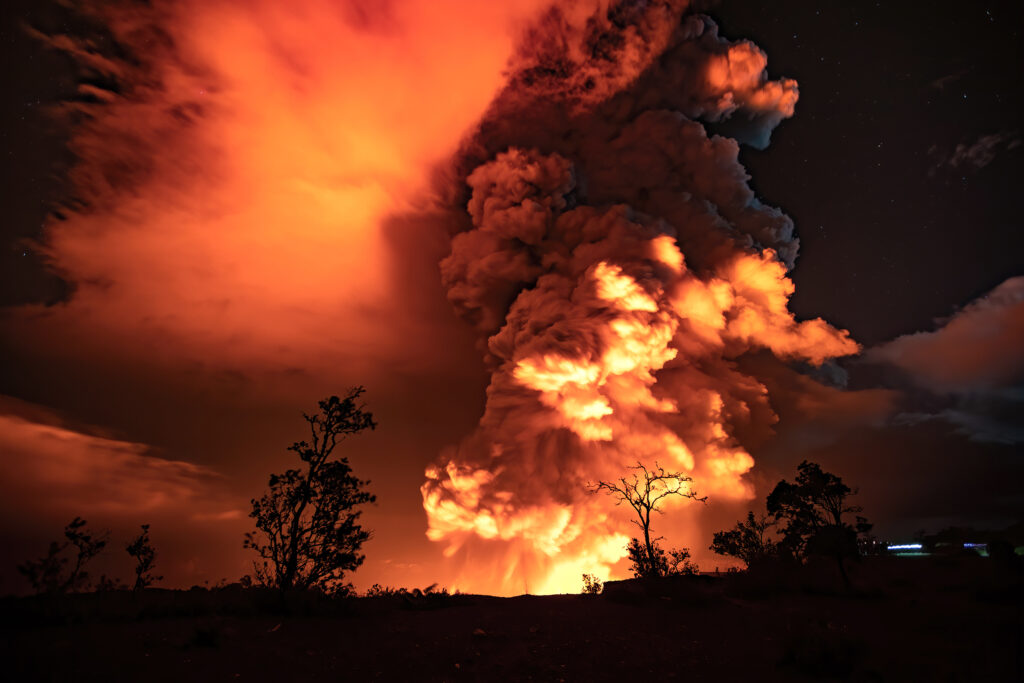
According to the USGS and their Hawaiian Volcano Observatory (HVO), Kilauea Volcano on the Big Island of Hawaii is no longer erupting but concerns remain for nearby Mauna Loa volcano, which is considered the world’s largest active volcano.
The Kilauea Volcano has been quiet since the end of the destructive 2018 lava flow from the volcano’s Lower East Rift Zone that wiped-off communities like Kapoho and Vacationland off the map. That changed on the night of December 20, 2020 when USGS scientists studying the volcano spotted a glow coming from the Kilauea Crater. A 4.4 earthquake later, the 2020 Eruption sequence kicked off, bringing an end to a nearly 2 year break in surface lava activity on Hawaii’s Big Island. However, it appears this latest eruptive event has come to a close –for now.
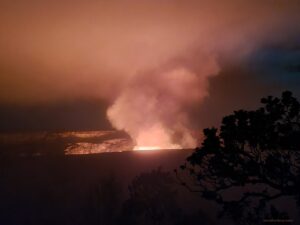
The HVO says that the lava supply to a lava lake inside of Kilauea’s calder appears to have ceased between May 11th and 13th, basing that assessment on elevation measurements of the lake surface that showed the surface was no longer rising. Dwindling lava supply over the previous month had caused the active lava lake to shrink to two small ponds by May 11th and was completely crusted over by May 20th. While not visible to tourists along the caldera rim, the red glow of lava did delight visitors at Hawaii Volcanoes National Park during the dark, evening hours.
On May 23, the last surface activity of lava was observed inside Kilauea; since then, things have quieted down. According to HVO, the drop in activity inside the lava lake was accompanied by a drop in gas emissions to levels close to pre-eruption background level.
Scientists aren’t sure what’s next for Kilauea. While it’s clear activity at the Halema‘uma‘u vent has paused, it is possible the eruption could resume; it is also possible that Kilauea is entering a period of quiescence prior the next eruption. USGS measurements show that since May 11th, there has been weak inflation and an increase in shallow volcano tectonic earthquakes at the summit, suggesting magma entering the system is being stored at depth. What happens from there remains in doubt.
While scientists continue to study Kilauea, there is also attention being paid to nearby Mauna Loa Volcano, considered the world’s largest active volcano.
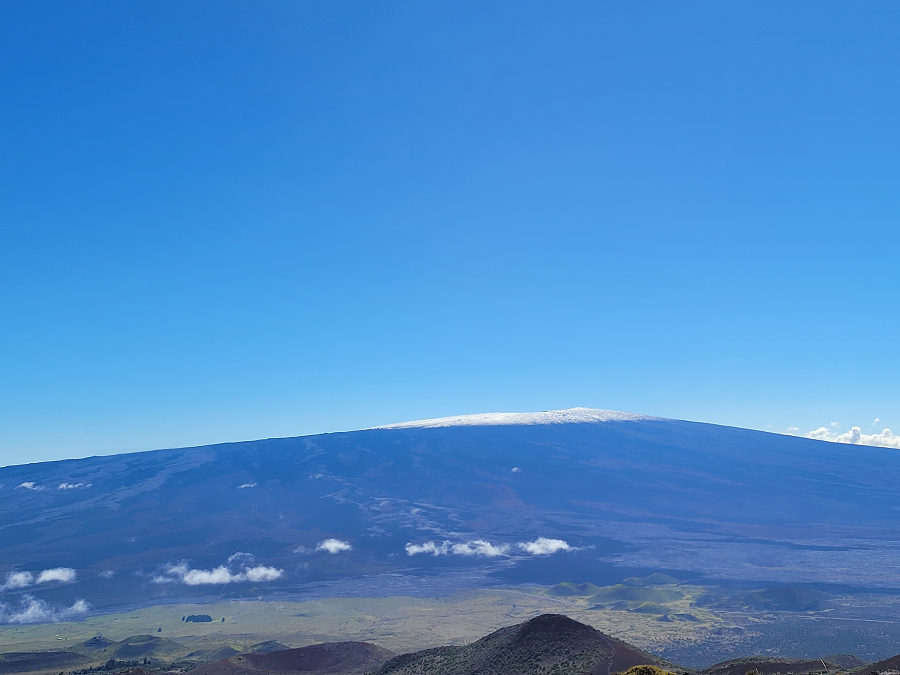
While things have become quiet at Kilauea, the USGS is urging people to prepare for the possibility of an eruption at the world’s largest volcano: Mauna Loa on the Big Island of Hawaii. In a recent news release, Hawaiian Volcano Observatory (HVO) scientists with USGS cautioned, “While an eruption of Mauna Loa is not imminent, now is the time to revisit personal eruption plans. Similar to preparing for hurricane season, having an eruption plan in advance helps during an emergency.”
Mauna Loa is considered the largest active volcano on Earth, rising to 13,681 feet above sea level. Mauna Loa rises up from the ocean floor of the Central Pacific at a depth of about 3 miles. Because of the volcano’s significant mass, the ocean floor directly beneath Mauna Loa is depressed by another 5 miles. According to USGS, this places Mauna Loa’s summit about 56,000 feet above its base; the enormous volcano covers half of the island of Hawaii, also known simply as the “Big Island of Hawaii.”
Mauna Loa eruptions tend to produce voluminous, fast-moving lava flows that can impact communities on the east and west sides of the Big Island from Kona to Hilo. Since the 1850s, Hilo in eastern Hawaii has been threatened by 7 Mauna Loa lava flows. On the south and west sides of the island, Mauna Loa lava flows have reached the coast there 8 times: in 1859, 1868, 1887, 1926, 1919, and three times in 1950.
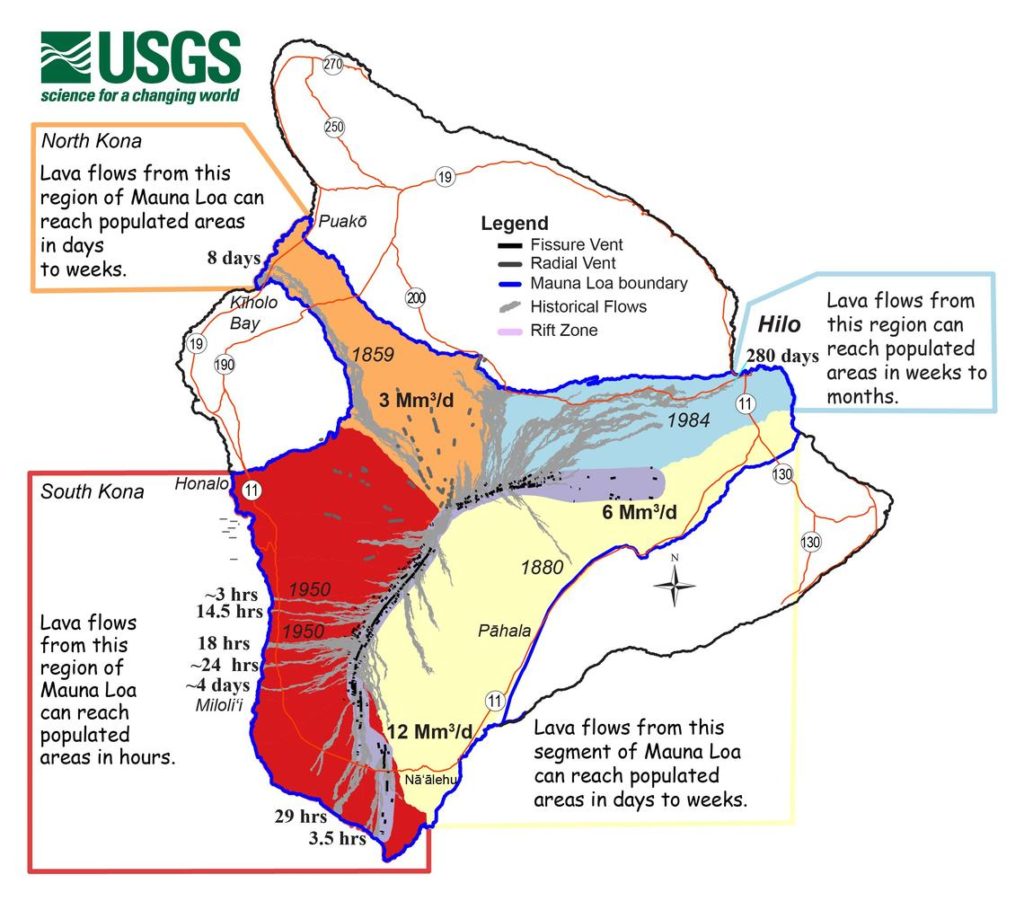
According to USGS, while Mauna Loa is not erupting right now , rates of deformation and seismicity remain elevated above long-term background levels. GPS measurements continue to show slow, long-term summit inflation consistent with magma supply to the volcano’s shallow storage system. A slight increase in the rate of inflation that began in January continues.
The slopes of Mauna Loa have been rocking and rolling as earthquakes and earthquake swarms shake the area. While a 3.1 earthquake struck near Pahala yesterday the morning, 4.2 and 4.7 earthquakes have also struck in recent months, probably an indication of underground magma movement.
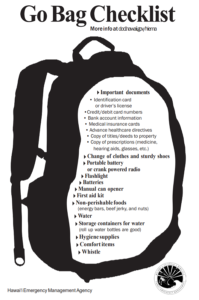
With another eruption on Mauna Loa inevitable, although the timing is not yet defined, the USGS is urging people on Hawaii to have a personal response plan, prepare a “go bag”, and determine what one would do in the event of an eruption at different times of the day or week.
“The most important thing you can do is to have a personal response plan,” says the USGS. Document what you’d do when a volcano erupts and make sure your family and friends are aware of what that plan is.
USGS suggests getting a “go bag” in order. “Nowadays, people pack “go” bags containing essential items in case you have to leave your house under an evacuation order. You may want to include important documents, like your birth certificate, deeds, legal papers, and medications.”
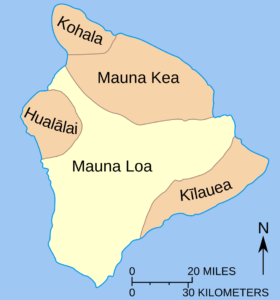
USGS says people in Hawaii should develop plans that factor in different types of days and time of day: if family members are at work or school at specific times, the plan should address what people should do and how they should communicate if an eruption occurs when people aren’t home. USGS says, “It is useful to also have a communication plan, so you can be in touch with those you care about.”
Mauna Loa is one of 5 volcanoes that make up Hawaii’s Big Island. The oldest volcano on Hawaii Island is Kohala, which is more than one million years old. Kilauea is the youngest, at an estimated 300,000-600,000 years old. Mauna Loa is the second youngest volcano on the island, estimated to be about 700,000 years old.
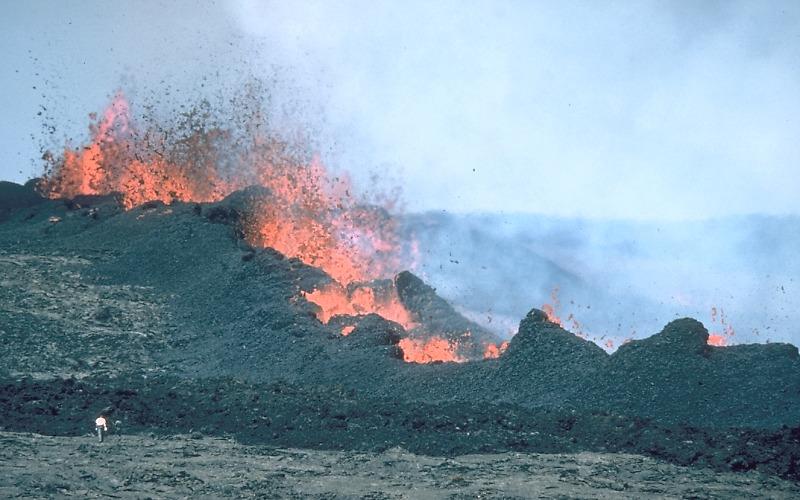
Mauna Loa is a shield volcano with long, broad slopes that fall off into the ocean. Lava eruptions from Mauna Loa are very fluid and are typically non-explosive. Magma for Mauna Loa and Kilauea, the latter which has been erupting since December, is sourced from a hot spot in the middle of the Pacific Plate. Because the plate is slowly drifting, Mauna Loa will eventually move away from the hotspot, become an extinct volcano in the next 500,000-1,000,000 years.
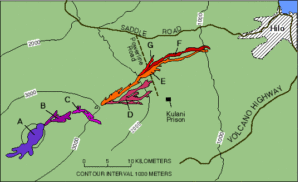
Mauna Loa’s most recent eruption occured from March 24 to April 15 in 1984. Lava from the 1984 flow spilled over near the summit while additional fissures drove flows in the general direction of Hilo. The flows stopped roughly 4 miles outside of Hilo’s city limits. No lava has flowed from Mauna Loa since.
While scientists are certain Mauna Loa will erupt, they aren’t exactly sure when yet or where lava will flow from the next eruption. Previous flows impacted the communities of Puako and Waikoloa Beach on the northwest coast, Kailua-Kona and Captain Cook on the west coast, Milolii and Ocean View on the southwest coast, and Hilo on the east coast. Because of the wide range of impacts in past eruption events, the USGS is encouraging people island-wide to prepare for the possibility of volcanic activity. Beyond the hazards of fast moving lava flows, there could be toxic volcanic gasses and a volcanic haze known as vog, as well as fall-out of volcanic debris such as ash or volcanic glass.
Hawaii also doesn’t have a monopoly on volcanic threats in the United States. While USGS rated Kilauea as the biggest volcanic threat in the U.S. in its updated 2018 list of volcanic dangers, Mauna Loa is only 16 on the list. Washington’s Mount St. Helens and Mount Rainer, Alaska’s Redoubt, California’s Mount Shasta, and Oregon’s Mount Hood and Three Sisters are considered to be even more dangerous.
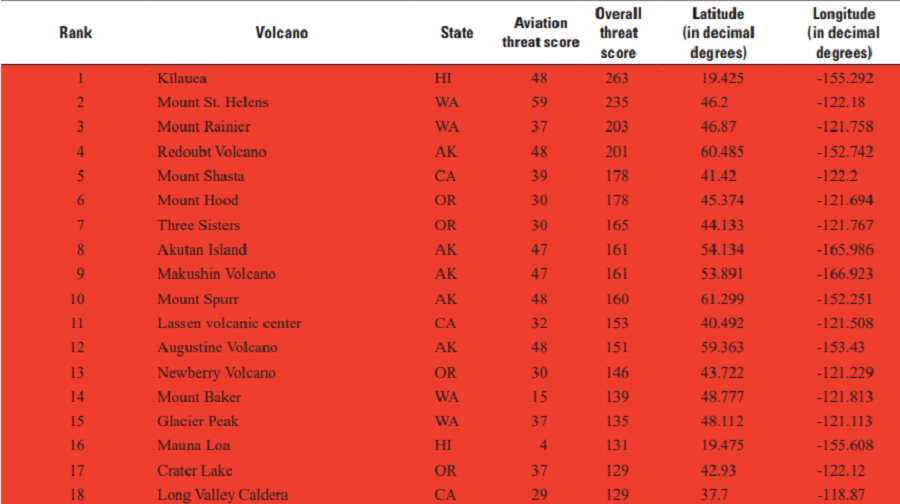
While there’s renewed attention on Mauna Loa, the HVO continues to closely monitor Kilauea. HVO monitors Kilauea’s seismicity, deformation, and gas emissions, and maintains visual surveillance of the summit and the East Rift Zone for signs of renewed activity.
With things at least paused for now at Kilauea, HVO lowered the Volcano Alert Level for ground based hazards from WATCH to ADVISORY and the Aviation Color Code from ORANGE to YELLOW.
Mauna Loa is also at an ADVISORY volcano alert level with an aviation color code also at YELLOW. HVO continues to closely monitor both volcanoes for signs of renewed activity; should volcanic activity change significantly a new Volcanic Activity Notice will be issued.
Even without current eruptive activity, USGS says hazards are still present on both Kilauea and Mauna Loa Volcanoes. “Residents and visitors should stay informed and follow County of Hawai‘i and Hawaiʻi Volcanoes National Park guidelines,” they said in a release.